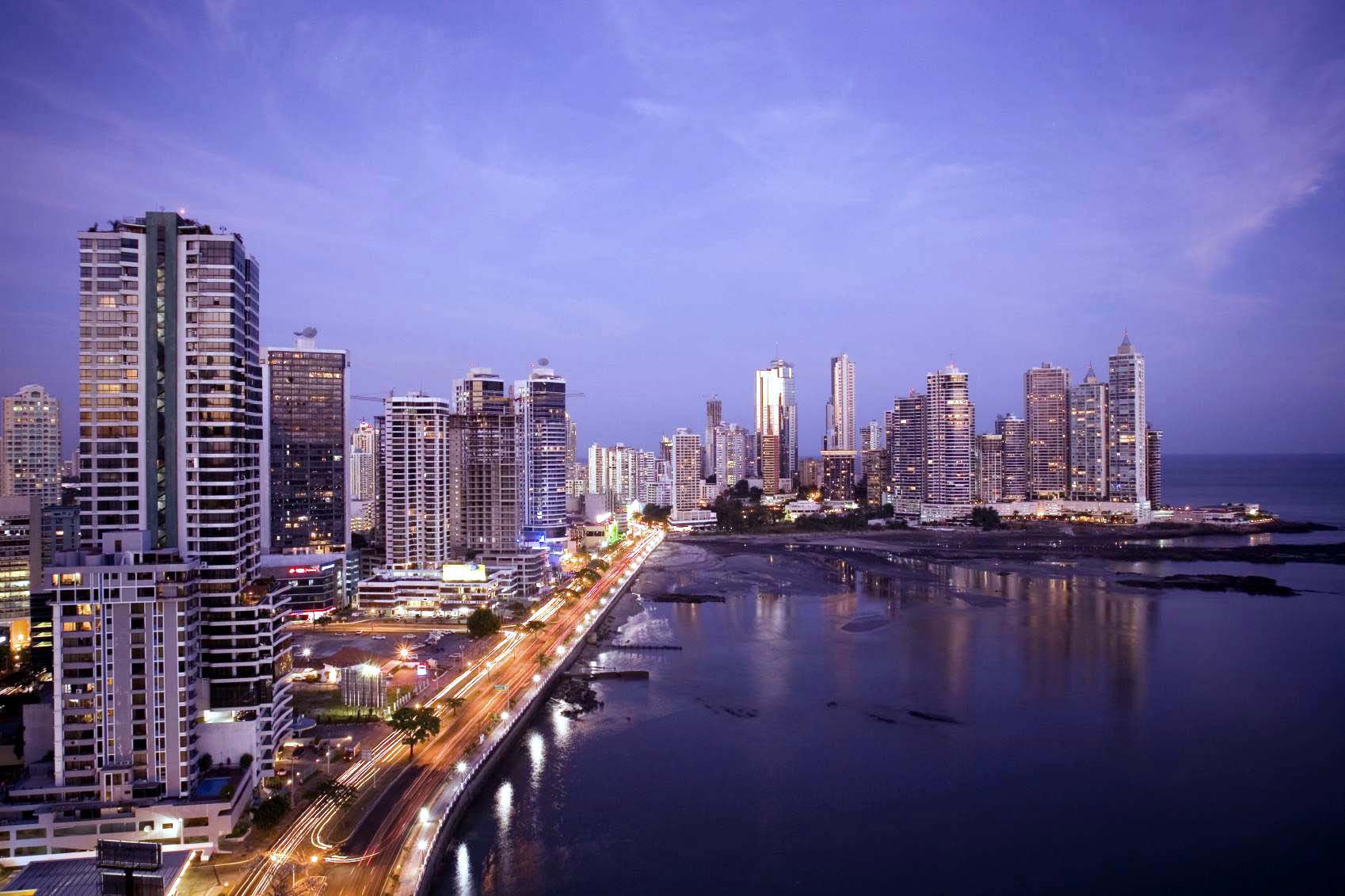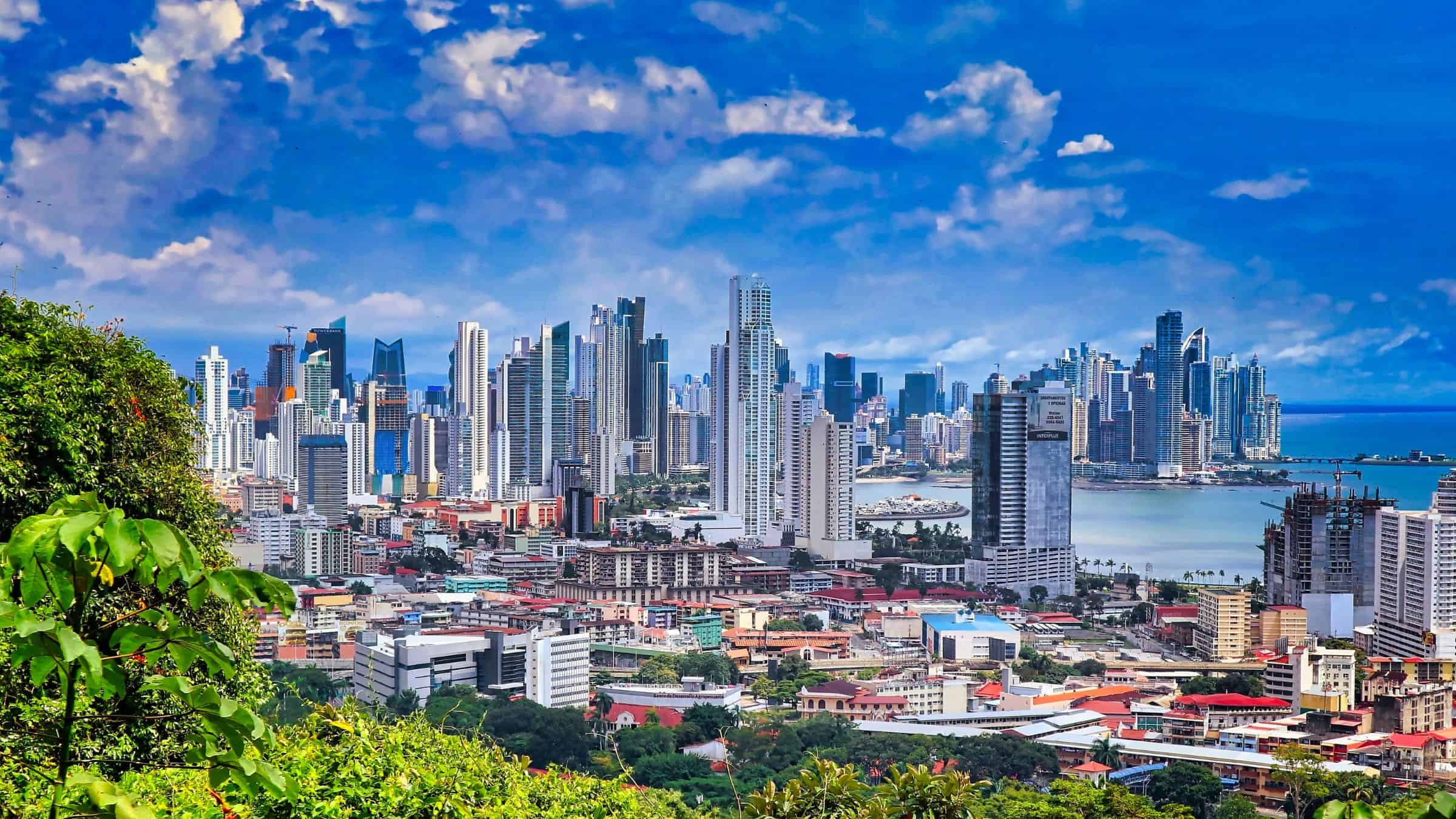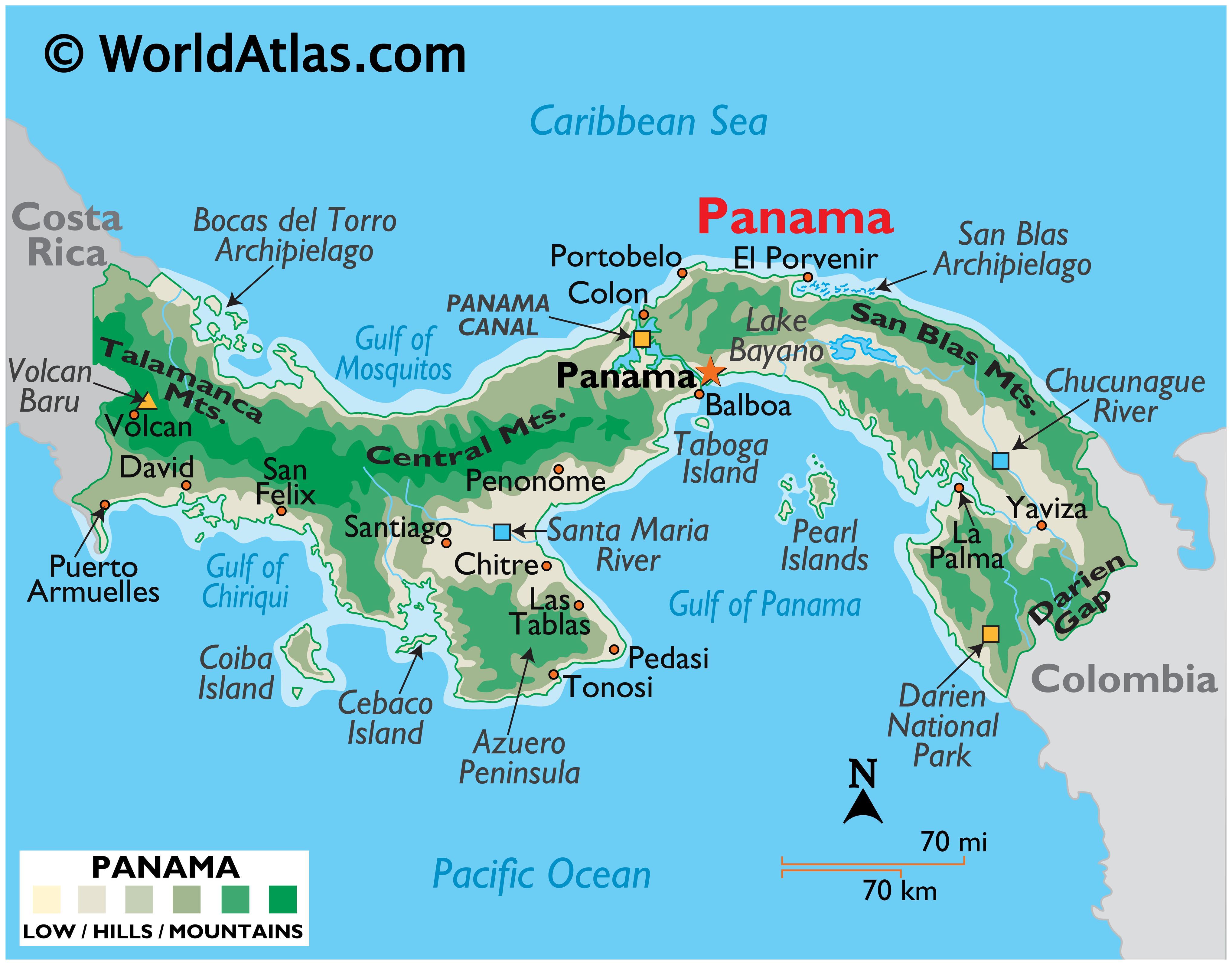What's Going On: Understanding Panama Canal Issues Today
Detail Author:
- Name : Patsy Nitzsche
- Username : josh86
- Email : ohamill@runte.org
- Birthdate : 1974-09-10
- Address : 5388 Margaretta Rest Apt. 997 Murphytown, WV 59047-8766
- Phone : 248.853.7798
- Company : Sipes-Kulas
- Job : Command Control Center Specialist
- Bio : Eveniet saepe cum doloribus velit. Error asperiores labore ut expedita a autem. Tempore quo incidunt aut reprehenderit asperiores atque. Incidunt mollitia est quo.
Socials
twitter:
- url : https://twitter.com/hilario1545
- username : hilario1545
- bio : Rerum voluptatem commodi neque. Laboriosam vel voluptas unde esse. Atque eum ut vel quis.
- followers : 6698
- following : 1664
facebook:
- url : https://facebook.com/koepp2019
- username : koepp2019
- bio : Et dicta eligendi sed quis eos. Ducimus hic atque pariatur et quibusdam.
- followers : 5263
- following : 844
linkedin:
- url : https://linkedin.com/in/hkoepp
- username : hkoepp
- bio : Aliquid sed est non et ad quia blanditiis.
- followers : 2559
- following : 60
The Panama Canal, a truly remarkable feat of human ingenuity, has long stood as a vital artery for global commerce. It slices right through the heart of Panama, a country on the isthmus linking Central and South America, a narrow bridge of land that connects North and South America. This amazing waterway, completed way back in 1914 by the U.S. government, links the Atlantic and Pacific oceans, making sea travel much, much shorter. So, it's pretty clear why any hiccup here sends ripples across the entire world of trade.
You know, for generations, ships from all corners of the planet have relied on this watery shortcut. It saves them so much time and fuel compared to going all the way around South America. That, is that, it helps goods get from one place to another more quickly and, in a way, more affordably for everyone involved. But lately, people are talking a lot about some big challenges the Canal is facing. We're going to look closely at what these challenges are and why they matter to us all, even if we're far away.
Understanding what's happening with the Panama Canal right now is quite important for anyone who cares about how things get from one country to another, or even just about the price of goods in their local shops. From environmental shifts to the everyday running of this massive operation, there are several things causing some worry. We will go through the main concerns, explaining what they mean and what folks are doing about them, as a matter of fact, right now.
Table of Contents
The Heart of the Matter: Water Shortages
Why Water is So Important for the Canal
The Reality of Recent Dry Spells
How Restrictions Are Playing Out
Fewer Ships, Longer Waits
Rules for How Deep Ships Can Go
The Money Side of Things: Economic Ripples
Higher Costs for Shipping
Effects on Global Supply Chains
What's Being Done About It?
New Ways to Manage Water
Looking Ahead: Future Plans and Innovations
Panama's Place in All This
Common Questions About the Panama Canal's Current State
The Heart of the Matter: Water Shortages
One of the biggest issues facing the Panama Canal right now, and it's a very real one, revolves around something as basic as water. You see, the Canal doesn't just use seawater. It relies heavily on fresh water from a couple of huge artificial lakes, Gatun Lake and Alajuela Lake. These lakes, you know, are basically the fuel that keeps the Canal running. So, when there isn't enough rain to fill them up, it creates a very big problem for the whole operation.
Why Water is So Important for the Canal
Well, to be honest, it's pretty simple when you think about it. The Canal works using a system of locks, which are like water elevators. When a ship wants to go from one ocean to the other, it enters a lock chamber. Then, the chamber is filled with water to lift the ship up, or water is let out to lower it down. Each time a ship goes through, a huge amount of fresh water is used and then, in a way, flows out into the ocean. This process, as a matter of fact, requires an enormous, truly huge, amount of water for every single transit. Without enough water, the locks just can't work properly.
The Reality of Recent Dry Spells
Lately, as of late spring and early summer of 2024, Panama has been experiencing some rather significant dry spells. This isn't just a minor inconvenience; it's a serious situation where rainfall has been much lower than what's typical. This lack of rain means that the lakes that feed the Canal aren't getting refilled as they usually would. So, their water levels drop, and that means there's less water available for ships to pass through. It's almost like a car running low on gas, you know, it just can't go as far or as often.
This situation has been getting more attention recently because the dry conditions have been more severe and lasting longer than in previous years. The Canal Authority, the folks who run the show, have had to make some pretty tough choices because of it. They're trying to manage the water they have in the best way possible, but it's a very difficult balancing act. You see, they need to keep the Canal open for trade, but they also have to make sure they don't completely drain the lakes, which also provide drinking water for many people in Panama City, the country's cosmopolitan capital and the only true first world city in Central America, and surrounding areas. That, is that, a real balancing act.
How Restrictions Are Playing Out
Because of these water shortages, the Panama Canal Authority has had to put some rules in place. These rules, you know, are meant to help save water and make sure the Canal can still operate, even if at a reduced capacity. These restrictions have a direct impact on how many ships can go through each day and how heavy or deep those ships can be. It's like having fewer lanes open on a busy highway, and then also telling bigger trucks they might have to take a different route or carry less weight.
Fewer Ships, Longer Waits
One of the most noticeable changes, and it's something many shipping companies are talking about, is the reduction in the number of daily transits. Usually, a good number of ships can pass through the Canal every single day. But with less water, the Canal Authority has had to cut back on that number. This means, as a matter of fact, that ships have to wait longer to get their turn. Imagine a long line of ships, all waiting patiently, or perhaps not so patiently, for their chance to cross. This adds time to their journey, and time, in the world of shipping, really is money.
These longer waiting times can cause all sorts of knock-on effects. For example, a ship carrying goods that were supposed to arrive by a certain date might be delayed. This can mess up production schedules for factories that need those goods, or it could mean that products don't make it to store shelves when they're expected. It's a bit like a domino effect, you know, one delay can lead to many others down the line. So, it's a pretty big deal for businesses that rely on timely deliveries, as a matter of fact.
Rules for How Deep Ships Can Go
Another big restriction, and this one is pretty technical but important, has to do with something called "draft." Draft refers to how deep a ship sits in the water. The deeper a ship's draft, the more water it needs to float without touching the bottom of the Canal or its locks. When the lake levels are low, the Canal simply can't handle ships that sit too deep in the water. So, the Canal Authority sets limits on the maximum draft allowed.
This means that some very large ships, the ones that carry a huge amount of cargo, might not be able to pass through the Canal at all if they're fully loaded. Or, they might have to unload some of their cargo before they enter the Canal to lighten their load and reduce their draft. This, you know, adds extra steps, extra time, and extra costs. It's a bit like telling a very heavy truck it can't cross a certain bridge unless it drops off some of its load first. For shipping companies, this can be a real headache and, arguably, quite expensive.
The Money Side of Things: Economic Ripples
The issues at the Panama Canal, particularly the restrictions and delays, don't just affect the ships themselves. They send out ripples across the global economy. Every time a ship has to wait longer or take a different route, it costs money. And those costs, you know, eventually get passed along, often to the consumer. So, what starts as a water problem in Panama, a country with coastlines on both the Caribbean Sea and the North Pacific Ocean, can end up affecting prices in shops all over the world. It's something that truly matters.
Higher Costs for Shipping
One of the most immediate effects is an increase in shipping costs. When fewer ships can pass through, or when they face long delays, the demand for the available slots goes up. This can lead to higher fees for using the Canal. Also, if ships have to take a much longer route, like going around the southern tip of Africa or South America, they use more fuel and spend more time at sea. All of this, as a matter of fact, adds to the overall cost of moving goods from one place to another. Companies that ship products have to account for these extra expenses.
These increased costs don't just disappear. They tend to be absorbed by the businesses or, more often, passed on to the people who buy the products. So, you might see slightly higher prices for everything from electronics to clothes to food items that travel by sea. It's a very direct link, you know, between the water levels in Panama and the cost of living for many people. So, in some respects, it's a global issue.
Effects on Global Supply Chains
The Panama Canal is a very important part of many global supply chains. It connects manufacturers in Asia with markets in the eastern United States and Europe, and vice versa. When there are problems at the Canal, these supply chains can get quite disrupted. Delays mean that raw materials might not arrive at factories on time, causing production slowdowns. Finished products might not reach retailers when expected, leading to empty shelves or missed sales opportunities. This, you know, can be a real headache for businesses trying to keep things running smoothly.
Some companies might even start looking for alternative ways to move their goods, perhaps using different shipping routes or even different modes of transport, like air freight, which is much more expensive. This kind of shift, you know, can take a lot of planning and investment, and it might not always be the most efficient option. So, the Canal's issues are forcing businesses to rethink how they move things around the world, and that, is that, a pretty big deal for how global trade operates. It's almost like a puzzle where one piece is causing problems for all the others.
What's Being Done About It?
The Panama Canal Authority, the folks in charge, aren't just sitting back and letting these issues happen. They are actively working on solutions, both for the short term and for the long term. They understand just how important the Canal is to the world, and they're doing their best to keep it running as smoothly as possible, even with the challenges they face. It's a really complex situation, but they are trying to find ways to deal with it.
New Ways to Manage Water
One of the main focuses, you know, is on better water management. This includes things like using water more efficiently within the locks themselves. For example, the newer, larger locks that were added in 2016 have water-saving basins that recycle some of the water used in each transit. This is a pretty clever design that helps reduce the overall amount of fresh water needed. They're also exploring other methods, like potentially drawing water from other nearby rivers, though that comes with its own set of environmental and logistical considerations, as a matter of fact.
They are also looking at improving forecasting models for rainfall, so they can better predict how much water they'll have in the lakes. This helps them make more informed decisions about future restrictions. It's a bit like a farmer trying to predict the weather to plan their crops, you know, except on a much larger scale and with global trade depending on it. So, they're trying to be as prepared as they can be for whatever the climate throws at them.
Looking Ahead: Future Plans and Innovations
Beyond immediate solutions, the Canal Authority is also thinking about the very long term. This includes considering big infrastructure projects that could help secure the Canal's water supply for decades to come. These are huge undertakings, potentially involving new reservoirs or even more advanced water recycling systems. Such projects would require massive investment and careful planning, as a matter of fact, but they are seen as necessary to ensure the Canal's future viability.
There's also ongoing research into how climate change might affect rainfall patterns in Panama, a country in Central America with coastlines on both the Caribbean Sea and the North Pacific Ocean, in the years ahead. Understanding these trends helps them plan for different scenarios and build a more resilient Canal. It's about being proactive, you know, rather than just reacting to problems as they happen. They are trying to make sure this amazing waterway can keep serving the world for another hundred years or more. You can learn more about the Canal's efforts to adapt by visiting the Panama Canal Authority's official site.
Panama's Place in All This
Panama, officially the Republic of Panama, is a country located at the southern end of Central America, bordering South America. It's bordered by Costa Rica to the west and Colombia to the east. This narrow isthmus, spanning approximately 29,119 square miles (75,417 square kilometers), links Central and South America. The Canal is not just a global trade route; it's a very big part of Panama's national identity and its economy. The issues facing the Canal directly affect the people of Panama, from the revenue it generates for the country to the availability of fresh water for its citizens. It sits at the crossroads of the Americas, connecting two vast continents.
The well-being of the Canal is something that truly matters to the Panamanian people. They are very much invested in finding solutions and ensuring its continued success. The challenges with water levels are not just about shipping; they are also about the sustainable use of a vital natural resource for the country itself. So, in a way, the Canal's problems are Panama's problems, and the solutions being sought are for the benefit of both global trade and the local population. You can learn more about Panama's geography and culture on our site, and link to this page for a deeper look at the Canal's past.
Common Questions About the Panama Canal's Current State
People often have questions about what's going on with the Panama Canal. Here are some common ones that folks ask, as a matter of fact, about the current situation.
What is causing the low water levels in the Panama Canal?
The low water levels in the Canal are mainly caused by prolonged periods of less rain than usual, which are often referred to as dry spells or droughts. The lakes that supply the Canal with fresh water, Gatun Lake and Alajuela Lake, simply aren't getting enough rainfall to keep their levels up. This, you know, is a direct result of changing weather patterns in the region.
How do the Panama Canal restrictions affect shipping times?
The restrictions at the Panama Canal mean that fewer ships can pass through each day, and some larger ships might have to reduce their cargo. This leads to longer waiting times for ships to get their turn to transit the Canal. So, overall, it adds extra days to shipping journeys, which can cause delays in goods reaching their destinations. It's a bit like a bottleneck, you know, where traffic slows down significantly.
Are there alternative routes for ships to avoid the Panama Canal?
Yes, there are alternative routes, but they usually involve much longer journeys. Ships can choose to go around the southern tip of South America (Cape Horn) or Africa (Cape of Good Hope). However, these routes add thousands of miles and many extra days, sometimes even weeks, to a voyage. This means much higher fuel costs and more time at sea, making them less desirable options for most commercial shipping. So, in some respects, the Canal is still the preferred way to go.


